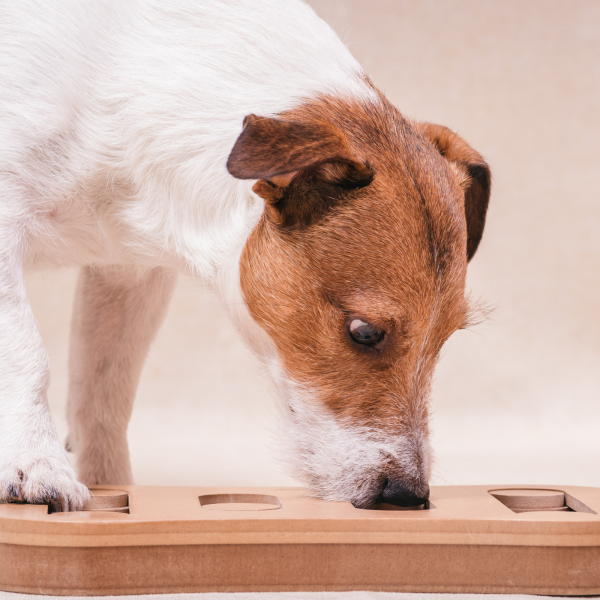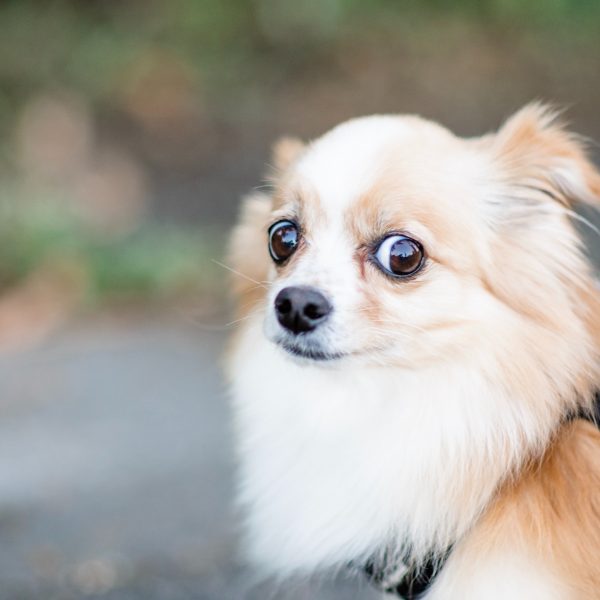
A reactive dog will bark, lunge, pull, growl, try to run away, or freeze when they see their trigger, which could be a person or a dog. When we are supporting our reactive dog, we are faced with the impossible task is walking our dog in areas where they will not see their trigger. For most, triggers are always there on walks, and this is one of the main reasons our dogs are reactive in the first place.
For us to be able to modify reactivity we need to stop practicing the habit of reacting to the trigger. We can then help decrease the conditioned emotional response while also teaching our dogs the skills to thrive when their trigger is present.
In this blog, we will discuss ways we can exercise and stimulate our dogs to help prevent reactive behaviours whilst sharing our top recommendations on the best places to walk your reactive dog.
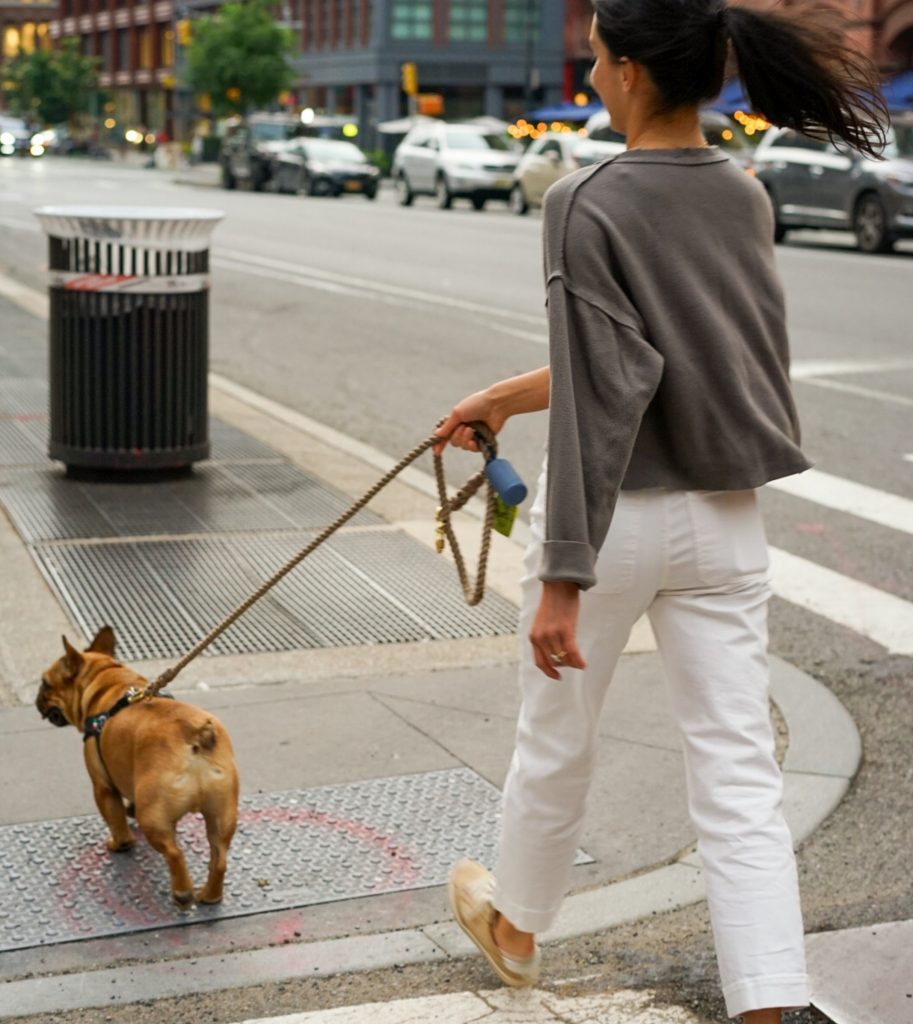
Urban Areas
One of the biggest challenges of living in an urban area is how many people in your local area own dogs. This becomes even more apparent when you are caring for a reactive dog. The advantage you have with urban areas, however, is that all dogs are (typically) on a lead. If you have a dog who will only react when you get quite close (say, less than 5 metres) then often urban areas are a lot easier to manage your reactive dog. You are less likely to get dogs rushing up to you and can easily cross the road and avoid the trigger. Because of this, during your initial training, you want to avoid narrow alleyways, parks with lots of off-lead dogs, and other areas you have few options to escape/avoid the trigger.
If you live in a busy area and the number of dogs out and about is just overwhelming, time of day can be a straightforward way to help minimise triggers. This may mean walking early mornings, late in the evening midday when people are typically at work and school
Rural Areas
Whenever we have a reactive dog, we feel that if we just lived more rurally, further away from people and dogs, our lives would be so much easier! This for the most part is true. There are many of us who are blissfully unaware that our dog is reactive because we meet so few dogs and people on our walks. Maybe this is our choice, and we enjoy our peaceful lives. The biggest challenge that comes with managing a dog in a rural environment is that most dogs are off-lead. This means that on the rare occurrence that your dog comes across another dog, they will often run up to your dog. This will cause your dog’s behaviours to escalate dramatically and further intensify their reactive behaviour.

Though fewer dogs are seen in rural areas, dogs are having more intense, negative experiences compared to dogs exercised in urban areas. This can also make doing the behaviour modification programme challenging as you cannot control the other dog’s behaviour and you may go several walks without seeing a dog so consistently training is almost impossible. For a lot of the owners I am supporting, I often advise bringing their dogs to urban areas just to be able to work through their training programmes.
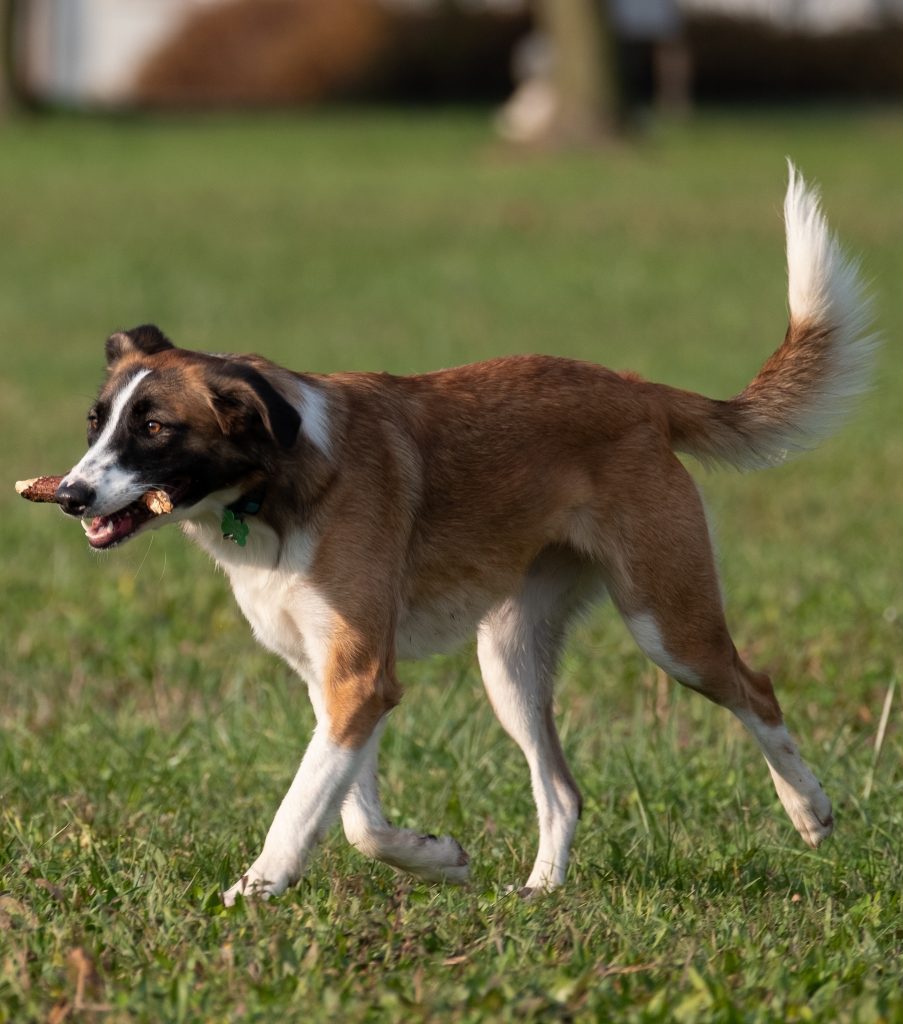
Freedom Fields
Freedom fields are secure fields where we can let our dogs off-lead. They are great for allowing our dogs off-lead to exercise, run around freely, and relax without the fear that another dog may appear from nowhere. They are also a great place to train recall. I would recommend bringing your reactive dog to a secure dog field at least 1–3 times a week.
To find local secure dog fields I always find that other owners in your area and local Facebook groups are great for recommending fields that are quiet and secure.
When selecting your field make sure:
- The field is fully secure with 6-foot fencing
- No other dog owners walk past or near the field. Look for nature trails that may run past the field.
- There are no gaps or holes in the fence. I always recommend having a quick look around the perimeter of the field before letting your dog off.
It is also worth noting:
- The field’s enrichment – Is there agility equipment? Things for your dog to climb, and toys for your dog to play with? You can usually bring your own toys to play with too to entertain you both.
- The size of the field – If your dog enjoys sniffing and walking with you then a larger field for you to both explore is great! If they prefer to play with you, climb on equipment, or do agility (if trained and old enough to do so) then a smaller field will work better.
Top Tip: Once you find a field your dog enjoys then I would recommend consistently going back to the same field. It is okay to occasionally go to a new field to enrich your dog but one of the main benefits of a secure, familiar field is it creates a safe space for our dog. Reactive dogs often become pessimistic as every walk they are confronted by their trigger so having a familiar location where they don’t see triggers will help them relax over time.
At Home
As dog owners, we often feel we are doing our dogs a massive disservice by not taking them out for walks. Often for our reactive dogs, we could be doing more harm than good.
During times when we are unable to exercise our dogs outside without being confronted with triggers, it is often better to exercise our dogs at home. If you have a large garden this can be playing games and running around with your dog. If you do not have a large garden, then getting our dogs to play games inside the home (if there is room) is another alternative.
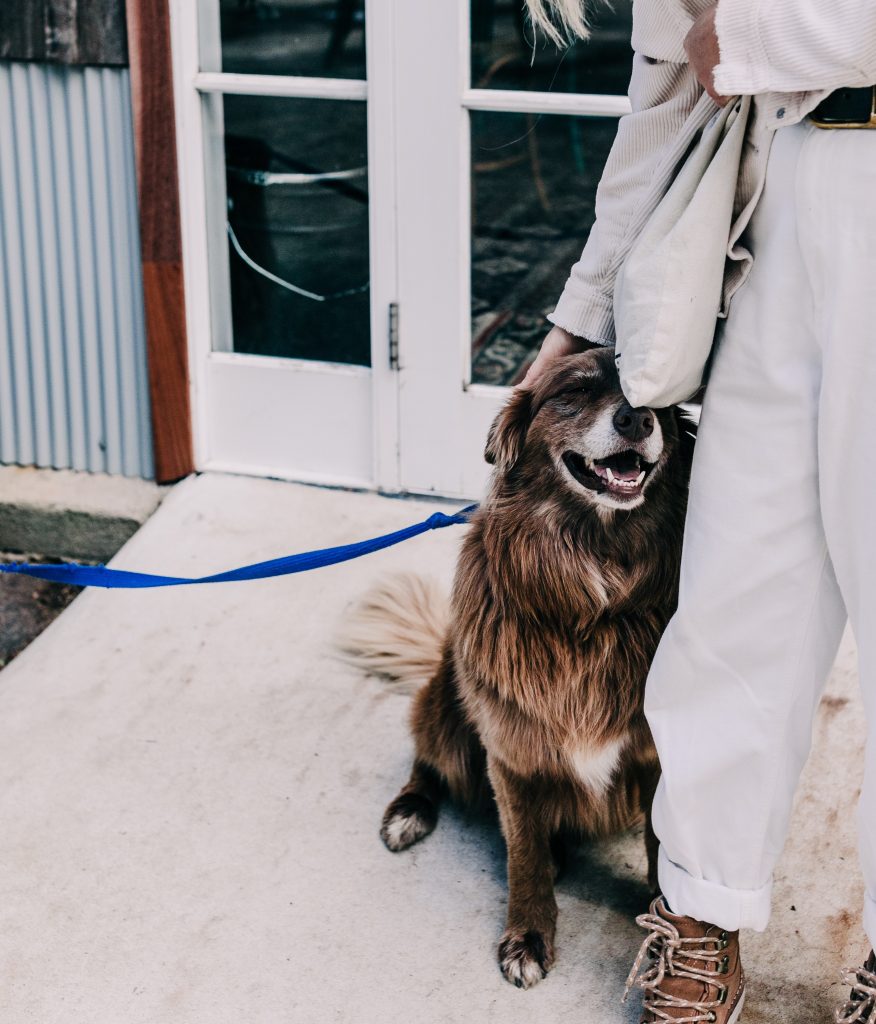
You can also exercise your dog mentally with obedience training, puzzle feeders, scent games, and trick training. If you are finding yourself having to exercise your dogs at home, you may want to start testing out secure dog fields to give you both the opportunity to get out of the house together.
When we are supporting our reactive dogs, we can feel overwhelmed by the idea that we need to avoid our dog’s triggers. Hopefully, this blog has offered some ideas on how you can support your reactive dog.
If you would like more ideas and support with your reactive dog you can get in touch or book a behaviour consultation here.

